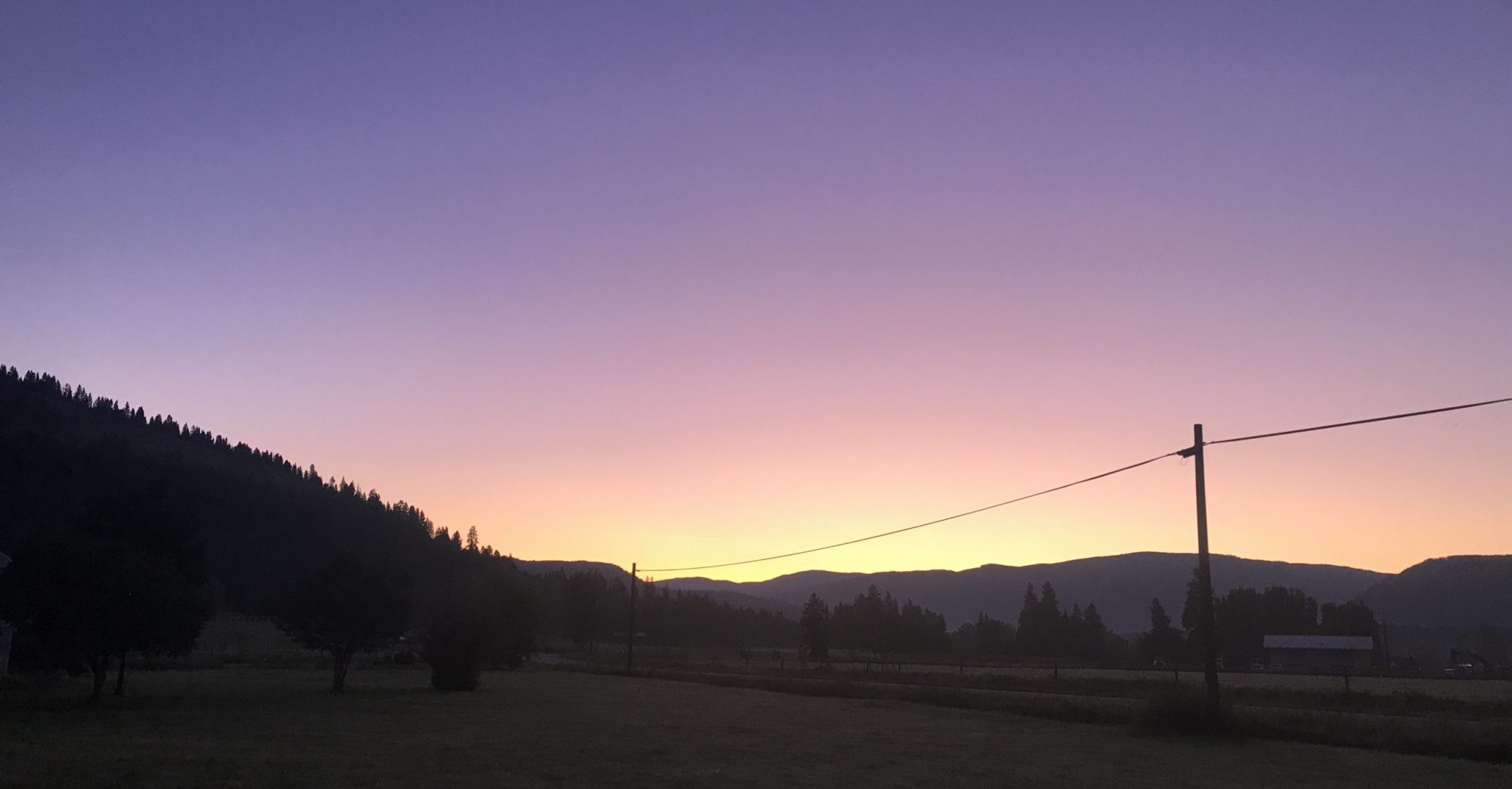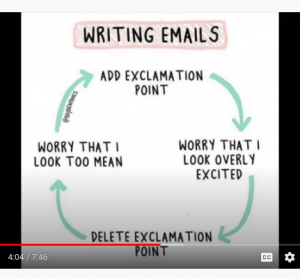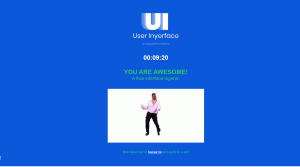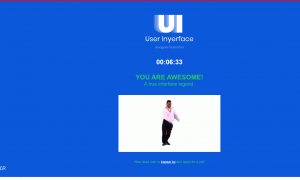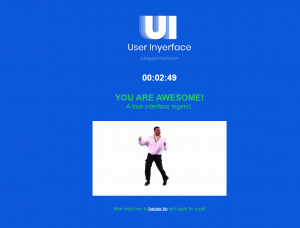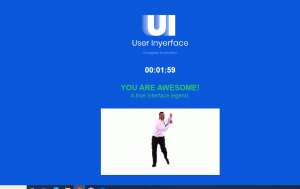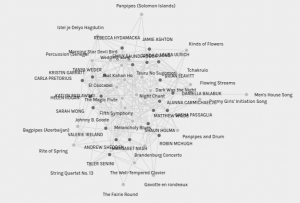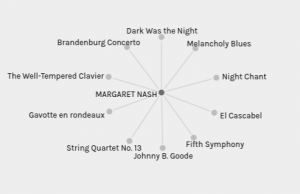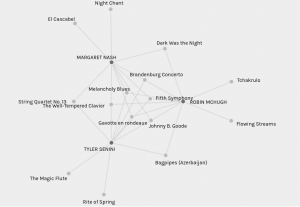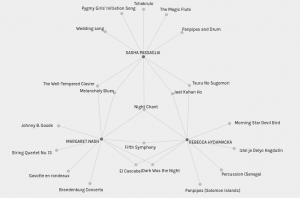An Evolution of Recipes
~ The Original Algorithm ~
Scroll down to view the entire graphic or click the arrow at the top right to expand it.
You can view can also view my infographic online. By accessing the infographic online you can play my video demo for Chocolate Chip Granola Bars, by clicking on the video to play through YouTube.
__________________________________________________________
This final project was one of the most meaningful projects I’ve done in my short time in the MET Program. I fell like this project is a true culmination of the content and processes I learned in this course. I hope that it piques your interest about the impact of recipes past, present and future. My goal with each project I complete in this program is to link back to my Foods classes. My hope is that I can translate all of the concepts I learn back to my classroom and make meaningful changes there.
I thought that the infographic would be the best way to showcase all of my research and reading on the topic of recipes, but as I worked my way through the project I began to second guess myself. I really struggled to narrow down the limited text I could put on the infographic. I didn’t realize how difficult it was to choose just a few pieces of information to display while trying to highlight the amount of work that went into the project. I have limited personal experience making infographics, using Google Slides/Docs and Piktochart in my classes, so I chose Canva because I had never used it before.
I wanted my infographic to touch on key concepts from throughout this course, so it is designed as a timeline from the beginning of text, to a question for the future.
I highlighted family recipes from both my and my husband’s families. The recipes included encompass 4 generations of families, dating back to the late 1800s. I also included an updated video demo I started for my Foods classes during our online teaching this past Spring. 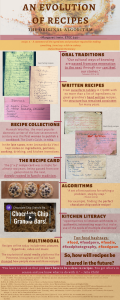 I wanted my infographic to be polished and not include cartoon-like images or content.
I wanted my infographic to be polished and not include cartoon-like images or content.
